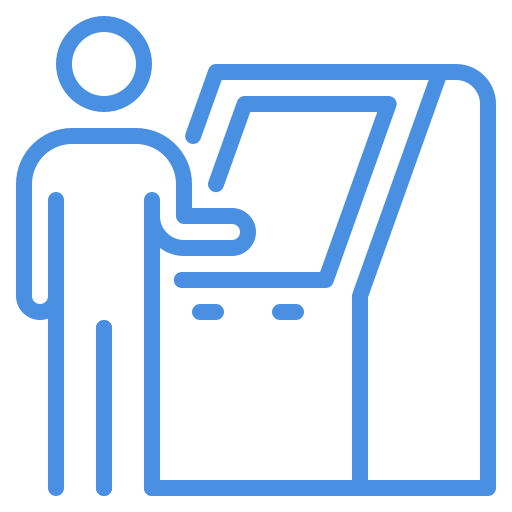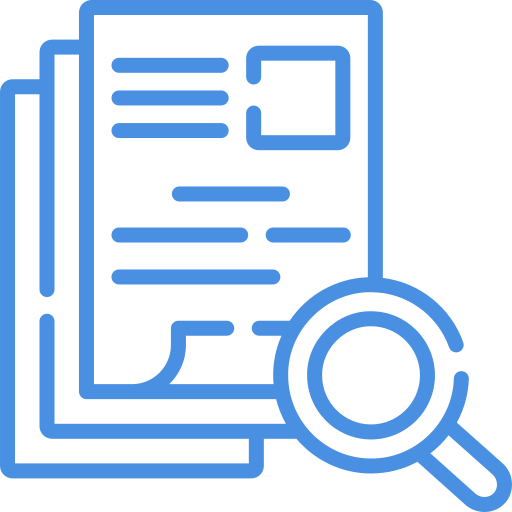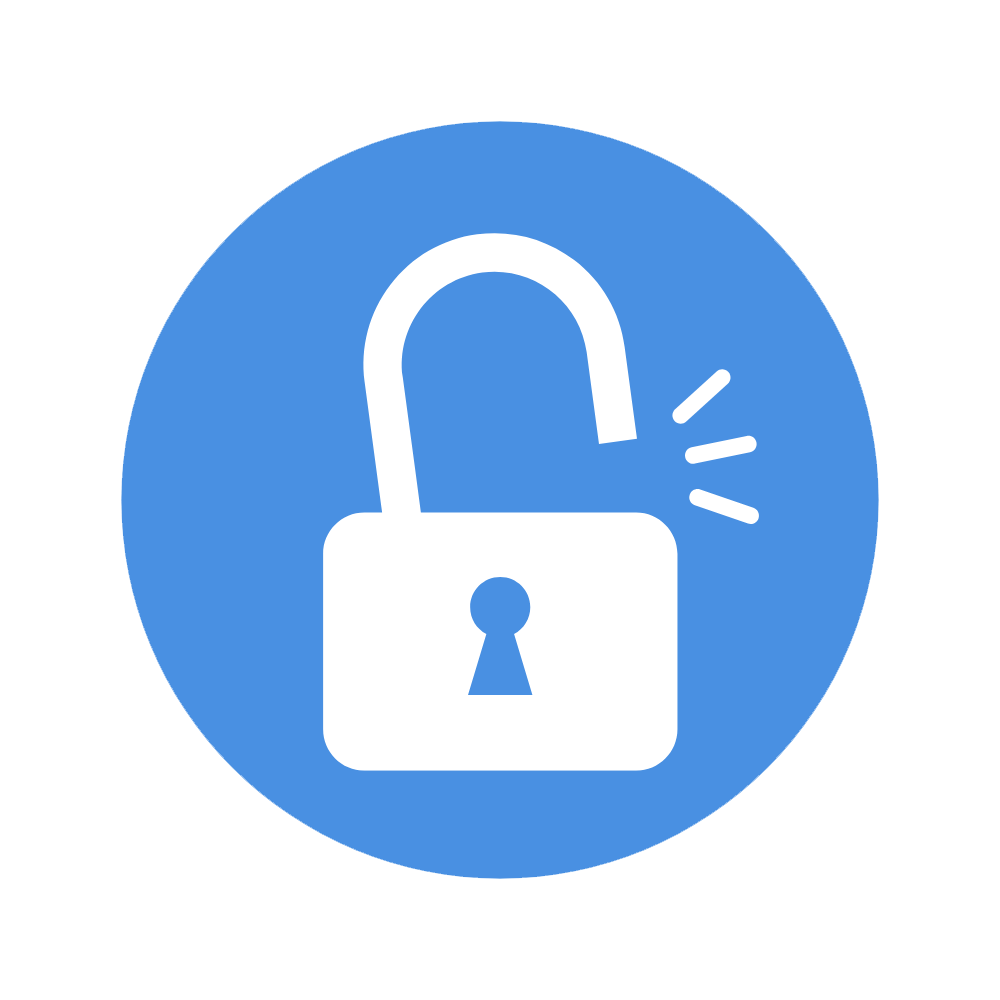Get the latest updates on the ICD-10 code for low back pain, including important changes for 2025 and their impact on diagnosis and treatment. Stay informed and compliant with these essential coding revisions.

Keeping up with medical coding changes is essential for healthcare providers to ensure proper documentation, accurate diagnosis, and optimized reimbursement. With the updated ICD-10-CM codes for low back pain, which took effect on October 1, 2024, understanding and implementing these changes has become more important than ever. As we move into 2025, here’s a breakdown of the updates and what healthcare professionals need to do to stay compliant.
Decoding the New Codes for Low Back Pain
The widely-used M54.5 code for low back pain has been retired and replaced by more specific codes that provide greater clarity in diagnosis and treatment. These new codes are:
-
- M54.50 – Low back pain, unspecified
This code is used when the cause of low back pain is not documented, serving as a general category for nonspecific pain without a defined pathology.
- M54.50 – Low back pain, unspecified
-
- M54.51 – Vertebrogenic low back pain
A highly specific code for low back pain originating from vertebral endplate changes. This type of pain is often associated with Modic changes, which can be detected through MRI scans and are linked to degenerative alterations in the vertebral endplates and adjacent bone marrow. Vertebrogenic pain often requires more specialized treatments like biologic injections, spinal fusion, or interventional therapies.
- M54.51 – Vertebrogenic low back pain
-
- M54.59 – Other low back pain
This code is for conditions not classified as vertebrogenic but still requires differentiation from unspecified pain, such as muscular strain, facet joint dysfunction, or sacroiliac joint pain. These cases still need clear documentation to differentiate them from broader low back pain diagnoses.
- M54.59 – Other low back pain
These updates allow healthcare providers to document low back pain with higher precision, ensuring that patients receive the most appropriate treatment and care. More detailed coding also means that therapists, physicians, and specialists can develop more targeted care plans, optimizing treatment outcomes and patient satisfaction.
Impacts of Accurate Coding on Healthcare Providers and Patients
Accurate documentation and proper coding are essential for both the clinical and administrative sides of healthcare practice. Implementing the new low back pain codes will improve patient care, streamline treatment planning, and ensure that reimbursement claims are more likely to be approved. Healthcare providers can avoid costly delays in payments and reduce the risk of claim denials, which can disrupt a practice’s financial flow.
For patients, precise coding helps clinicians to more effectively pinpoint the cause of pain, leading to more effective and tailored treatments. For example, a patient diagnosed with vertebrogenic low back pain may benefit from specialized imaging studies or biologic treatments that wouldn’t be prescribed if their pain was misclassified under the older M54.5 code.
Moreover, as back pain is one of the most common reasons for medical visits, these code changes impact a wide range of specialties: from physical therapists and orthopedic surgeons to chiropractors and pain management specialists.
Updating Clinical Practices: A Step-by-Step Guide
Continuing to use outdated codes such as M54.5 can lead to claim denials, disrupt the revenue cycle, and hinder proper patient management. To optimize revenue and improve patient outcomes, healthcare providers should take the following steps:
- Revise Clinical Documentation
Ensure that patient records are updated to reflect the new codes. This includes incorporating detailed histories, diagnostic findings, and imaging results to substantiate the use of M54.51 for vertebrogenic pain or M54.59 for other categorized low back pain conditions. Clinicians should specifically note whether vertebrogenic changes like Modic changes are present. - Update Billing and EMR Systems
Work with coding specialists to integrate these updates into Electronic Medical Records (EMR) and billing software. This will streamline the billing process and reduce the risk of claim denials or delays. Furthermore, auditing existing templates and workflows is essential to ensure the new codes are correctly applied in practice. - Educate the Healthcare Team
Conduct training sessions for physicians, therapists, nurses, and administrative staff. Ensure all team members understand when and how to apply the new codes, and provide real-life examples of proper documentation scenarios. The training should also emphasize the importance of collaboration across different specialties to ensure comprehensive care and accurate documentation.
Leveraging Technology for Seamless Transition
With the constant changes in medical coding, having an advanced EMR system can make a significant difference. Tools like HelloNote help integrate the latest coding updates, minimizing errors, ensuring compliance, and enhancing workflow efficiency. This technology ensures that providers can stay ahead of regulatory changes and focus on providing high-quality care without being bogged down by administrative burdens.
HelloNote and similar EMR solutions offer features like automatic code suggestions, direct integration with diagnostic tools like MRI and X-ray results, and real-time updates to billing templates. This integration not only reduces human error but also helps practices stay compliant with evolving coding standards.
Case Study: The Importance of Correct Coding
Consider a case where a patient is diagnosed with low back pain following a car accident. If the physician continues using the old M54.5 code for “unspecified low back pain,” the treatment plan may not fully reflect the patient’s condition. With the updated codes, they could document M54.51, identifying it as vertebrogenic low back pain associated with degenerative changes seen on MRI. This more specific diagnosis would guide appropriate treatment options, such as injections or referrals to specialists, which would be crucial for the patient’s recovery.
On the other hand, if the patient had muscular strain or facet joint dysfunction, the provider could use M54.59, ensuring that the correct therapeutic strategies are implemented without unnecessary procedures.
Industry Trends: The Future of Medical Coding
The transition to more precise ICD-10 codes for low back pain is part of a larger trend in healthcare to embrace artificial intelligence and machine learning for coding accuracy. These technologies are increasingly being integrated into EMR systems to reduce human error and improve workflow efficiency.
Looking ahead, we can expect further refinements in coding systems as medical research and technology evolve. As more is understood about conditions like low back pain, we may see even more nuanced classifications emerge to guide clinicians toward the best treatment options. Additionally, healthcare practices must stay adaptable to these changes, ensuring their documentation and coding practices evolve alongside the latest standards.
Conclusion
The transition from M54.5 to the more specific codes M54.50, M54.51, and M54.59 marks a critical shift in how low back pain is classified and documented in 2025. This update not only improves diagnostic accuracy but also helps providers develop more targeted treatment strategies, enhancing patient outcomes.
To ensure continued compliance and avoid billing disruptions, healthcare providers must update their clinical practices, train staff, and integrate updated codes into their systems. By doing so, they will be better equipped to navigate the evolving healthcare landscape, ensuring optimal reimbursement and high-quality care for patients.
If you haven’t updated your clinical documentation and billing systems yet, now is the time to act! Consider integrating an EMR system like HelloNote, which automatically updates with the latest ICD-10 revisions, ensuring your practice stays compliant and efficient.



















